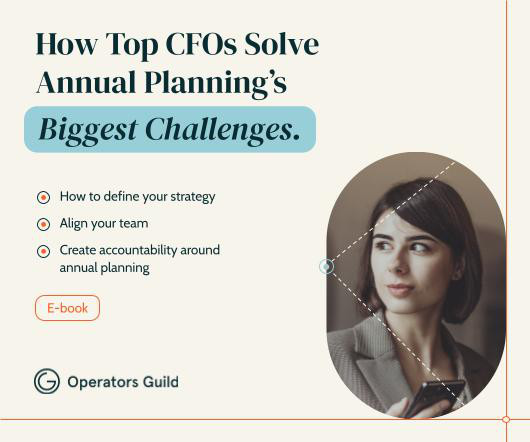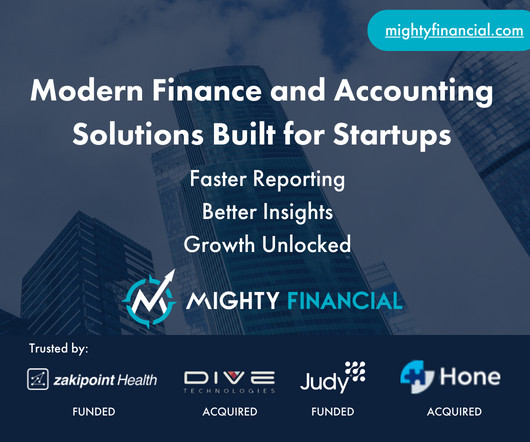Bill DeBlasio's Uber targeting is in danger of making NYC a tech joke
This is going to be BIG.
JULY 15, 2015
Mayor Bill DeBlasio is on the verge of making NYC one of the most unfriendly cities in the world for technology companies to operate. It first started with Airbnb, which got caught in a crackdown aimed at people who turn "affordable" residential housing into full time hotel space. Don't concern yourself with the fact that Airbnb is simply an outgrowth of the lack of affordable housing--where no one would ever bother renting out their place if they didn't have to struggle to afford to live here.





































Let's personalize your content